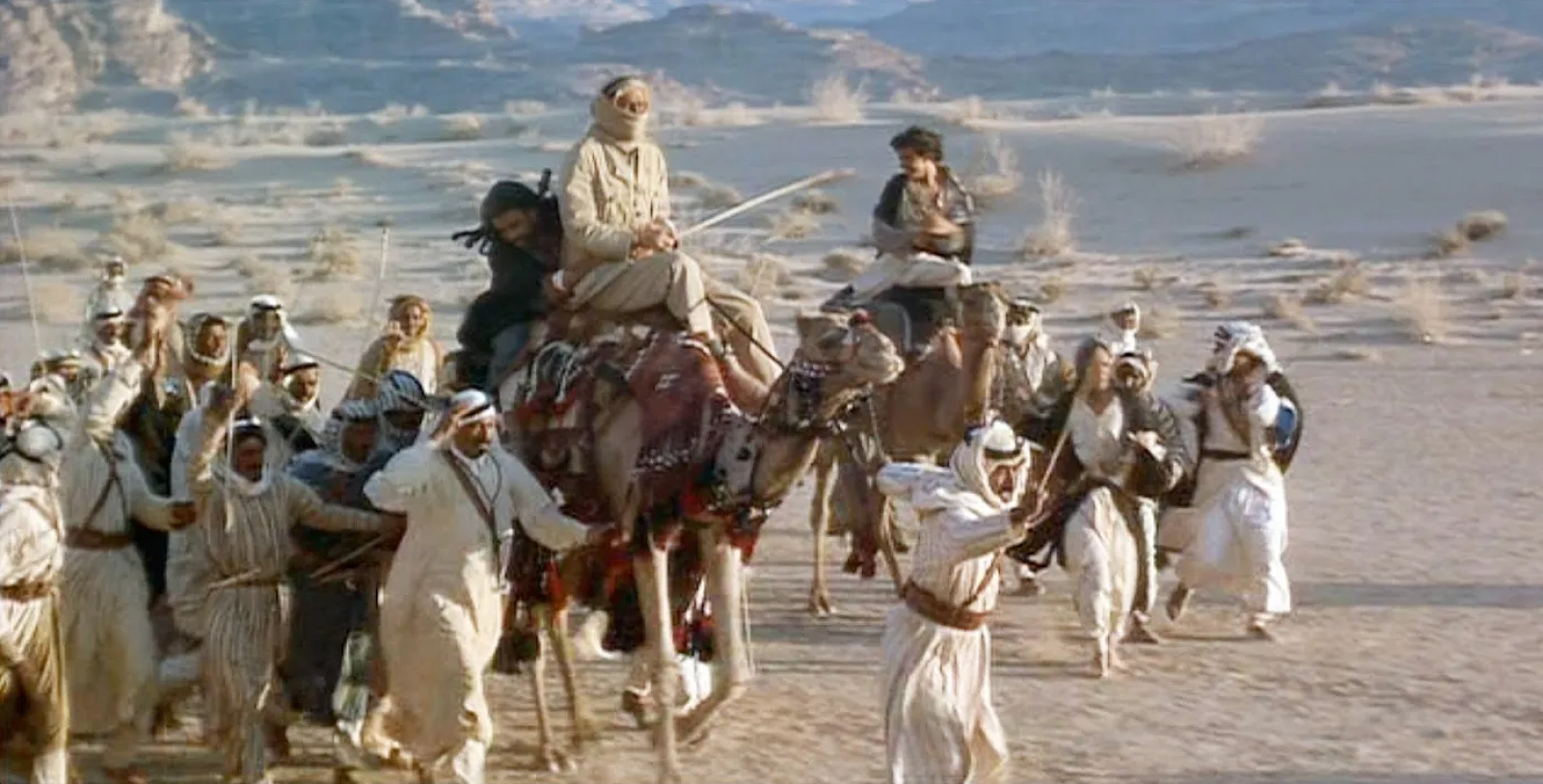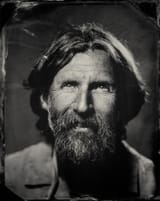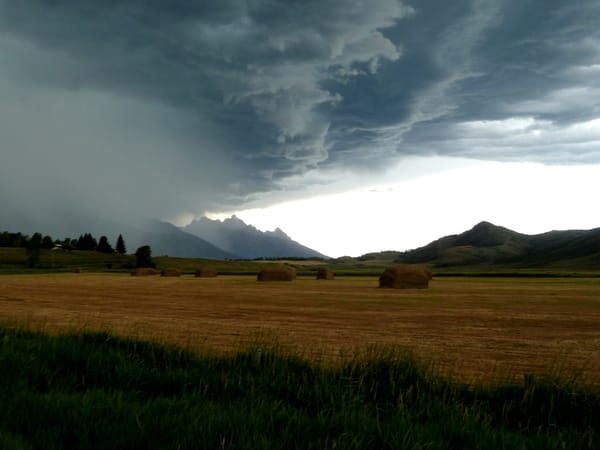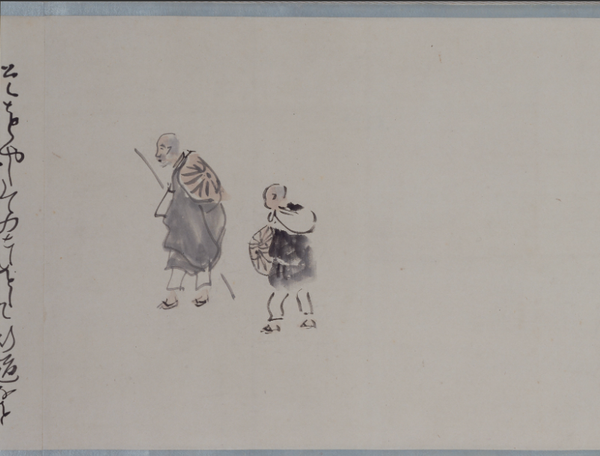Is it Written?

It had never been done before and even the Bedouin looked upon Lawrence as if he were mad.
It’s July 1919. The northern Arabian desert. Daytime temperatures reach 110°F. The sun is merciless. There is no shade, there is no water.
And yet.
Midway through his traverse through the Nefud desert with the Arab rebels to attack Aqaba, Lawrence looks back and sees his Arab friend Gasim’s camel…but not Gasim.
Lawrence gestures at the empty camel, What has become of Gasim? The Arabs shrug. Lawrence says he will go back for him, but Prince Feisel warns him back,
“It is written.”
Angrily, Lawrence replies, “It is not written”, and goes back after his friend.
Many hours later, Lawrence arrives at camp with an exhausted and most certainly heat-sticken Gasim. The Arabs surround him and cheer; he’s now called ‘El Lawrence’ and treated as one of them. That evening - and it’s a touching scene - Feisel offers to Lawrence that, “For some men, nothing is written unless they write it.”

But the story is not over.
A couple of days later, just prior to the battle of Aqaba against the Turks, we hear gunfire in the camp. Gasim has killed another Arab as part of some old tribal or family squabble. Prince Feisel tells Lawrence that, according to custom, Gasim must also be killed. And, truth be told, Lawrence knows that he must quell any uprisings or rebellions in order to take Aqaba. And so Lawrence himself demands that he will be the one to bring about justice.
We hear another gunshot.
That Lawrence admits later that he enjoyed the act is beside the point.
The point, the question, is - Is It Written?




